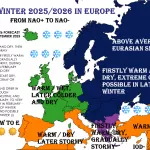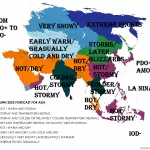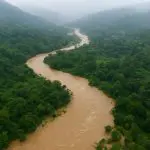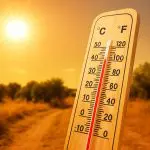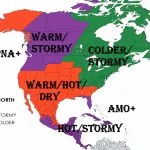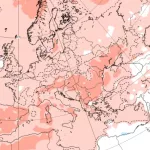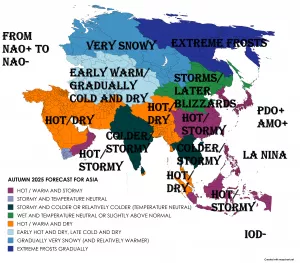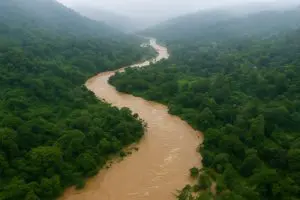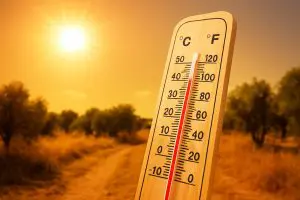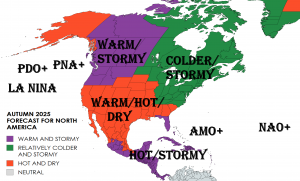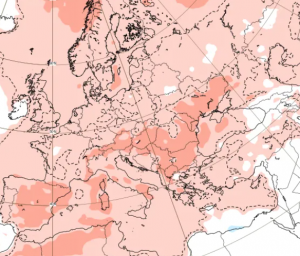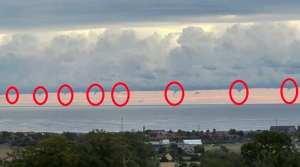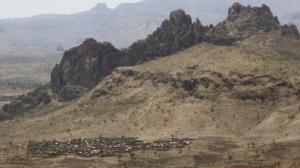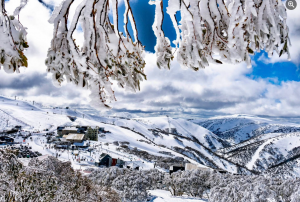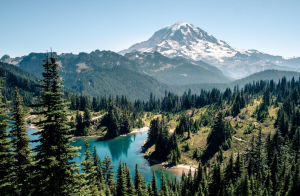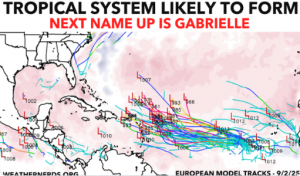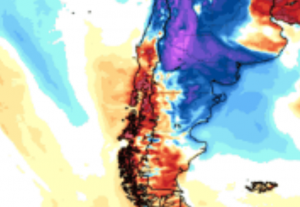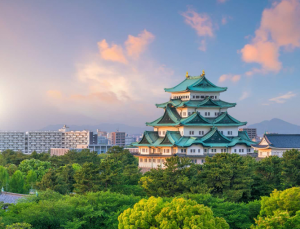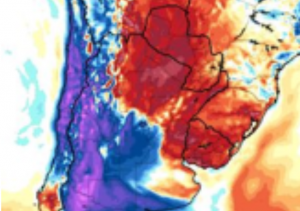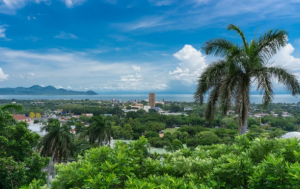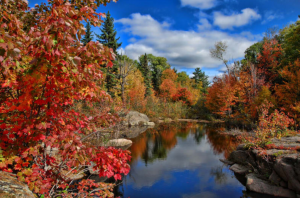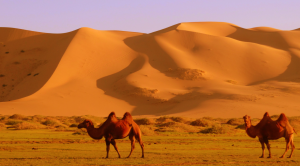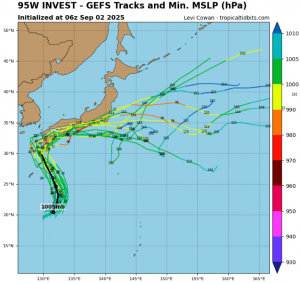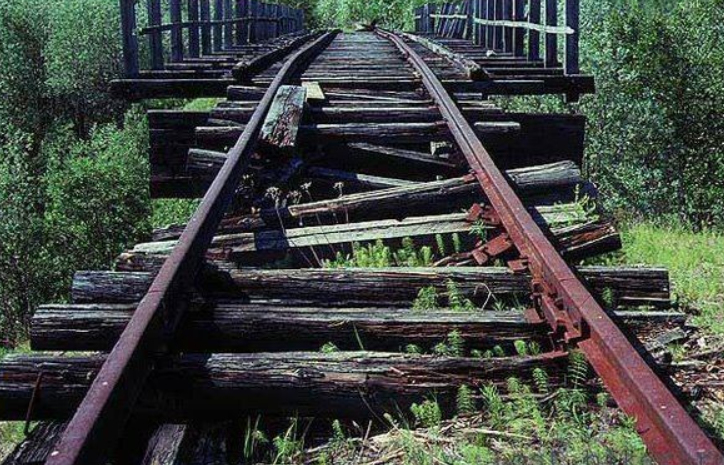
Igarka, located on the Arctic Circle in Northern Siberia, recorded a remarkable +27 °C in late August 2025, surpassing the previous September record of +24.8 °C. This extreme temperature is highly unusual for the region, as typical late-August daily highs range between 10–15 °C, making this event a significant Arctic heat anomaly.
Meteorologically, the record warmth is attributed to several factors:
- Persistent high-pressure system over the Arctic and Siberian regions, promoting subsidence warming and clear skies.
- Warm air advection from the south, allowing continental heat to penetrate unusually far north.
- Reduced sea-ice extent in the Kara and Laptev Seas, limiting local cooling and enhancing regional warming.
- Calm winds and prolonged daylight in high latitudes, allowing for extended solar heating near the end of the polar summer.
The impacts of this Arctic heatwave include:
- Permafrost stress: Thawing permafrost accelerates, affecting infrastructure such as roads, buildings, and pipelines.
- Ecosystems: Rapid warming disrupts local flora and fauna, including migratory patterns and riverine ecosystems.
- Fire risk: Unusually dry conditions increase the likelihood of wildfires in Siberian forests and tundra regions.
- Hydrology: Rivers and lakes warm quickly, affecting fish habitats and local freshwater supplies.
- Human activities: Traditional Arctic communities face unusual heat, impacting fishing, transport, and subsistence activities.
This +27 °C reading in Igarka demonstrates the intensity of Arctic warming, as Siberia has experienced a trend of increasing summer and late-summer temperatures over recent decades. Such anomalies are consistent with broader patterns of Arctic amplification, where warming occurs at a rate 2–3 times faster than the global average.
Although brief, this heat event sets a new regional record for late August and exceeds the historical September benchmark, underlining the rapid climatic changes in high-latitude environments. Residents and infrastructure managers are advised to monitor permafrost conditions and wildfire risk, while scientists track the event as part of ongoing Arctic climate monitoring.

Source: https://alchetron.com/Salekhard%E2%80%93Igarka-Railway
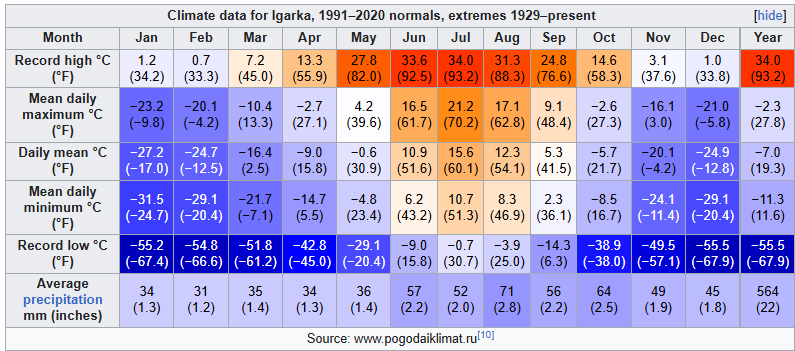
Source: https://en.wikipedia.org/wiki/Igarka

